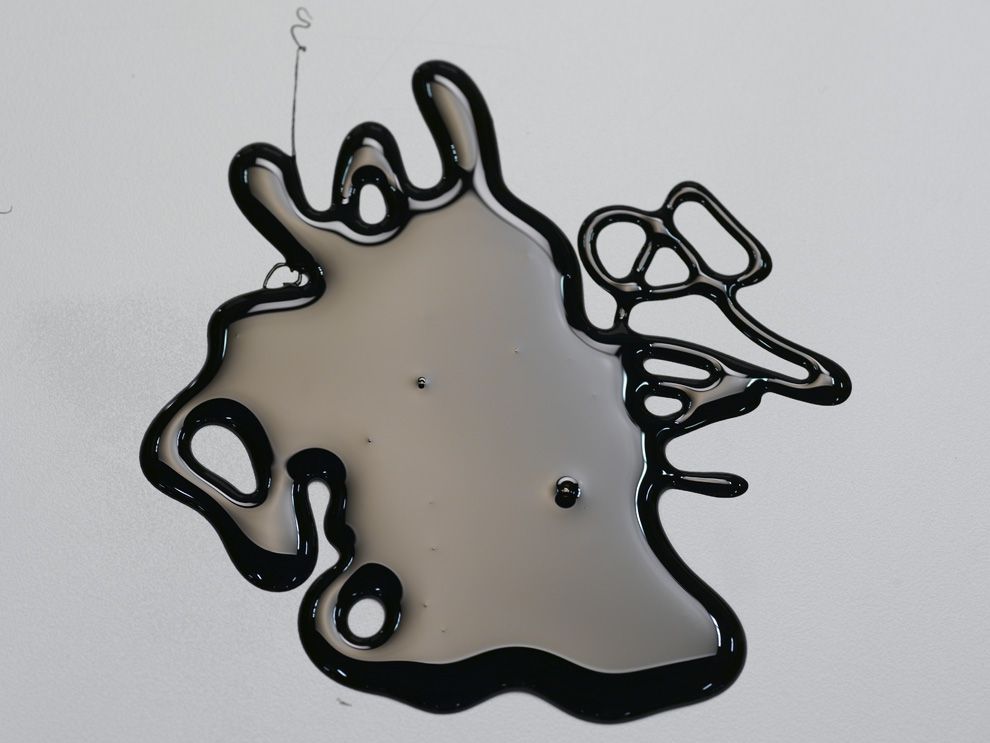
When will the world run out of oil?
These remains were transformed by the extended contact with plenty of heat and force in the crust of the earth. The remains were protected and preserved by mud layers. That later shaped oil reservoirs which are located all over the globe.
Our modern industrialized culture operates largely on crude oil and their derivatives. Petroleum is used in the creation of numerous substance items, plastics, solvents and fuels. It’s hard to assume a global without such products. Petroleum exploration, generation and development. Transportation of oil via tankers and pipelines. Income and consumers. The petroleum business may be very old. You will find signs that oil has been used as a means of light for greater than a thousand years. The commercial revolution created a large need for fat products. Oil was recognized as a most important commodity by the 20th century.
Petroleum is a non-renewable power resource and it could eventually be depleted. Relating to some estimates the world may go out of fat between the entire year 2050 and 2090. That depends upon whether gas source and demand increases or reduces in the future. The petroleum Lundin Oil Sudan business has regrettably triggered much water and air pollution. Even though biofuels may possibly complement the vitality market, the petroleum industry may continue to supply the largest share of the world’s gas, gas and gasoline.
Discrete analyzers are well-known in scientific screening laboratories. Lately these little work horses have found their way in to environmental labs, but their full possible in the analysis of water samples has however to be realized. Environmental labs are finding use for them in considering nutrients in wastewater and in treating sample loads or reagent cost.
Manufacturing water must be monitored for important cations and anions which are used as signs of rust or climbing tendency. Usually these water products are collected and sent down to chemical supply business laboratories that use many different instruments and then calculate climbing or deterioration inclination indexes. A discrete analyzer afford them the ability to analyze all important ions found in the running and rust index.
It can be helpful to monitor production water for existing degree and deterioration inhibitors. These colorimetric checks are often used to discrete analyzers which makes it possible to analyze these variables at once and on the same tool used for range and deterioration catalog testing. Distinct analyzers also can always check for track metals. Iron, manganese, chromium, nickel, etc. may all be determined, again in the same sample, for a passing fancy instrument, and basically at the same time.
Discrete analyzers are primarily computerized manual spectrophotometers. The tool pipets test into reaction segments, brings reagent, and then actions attention versus pre-stored calibration curves. An enormous gain to discrete analyzers is they use hardly any reagent and/or trial and nearly the entire process is computer controlled.
Range is the result of a decline in the saturation restrict of ions in the formation water. Water at level generally keeps more salt in solution than water at the surface. Scale can develop in pipes due to a loss in stress as water increases to the surface.


